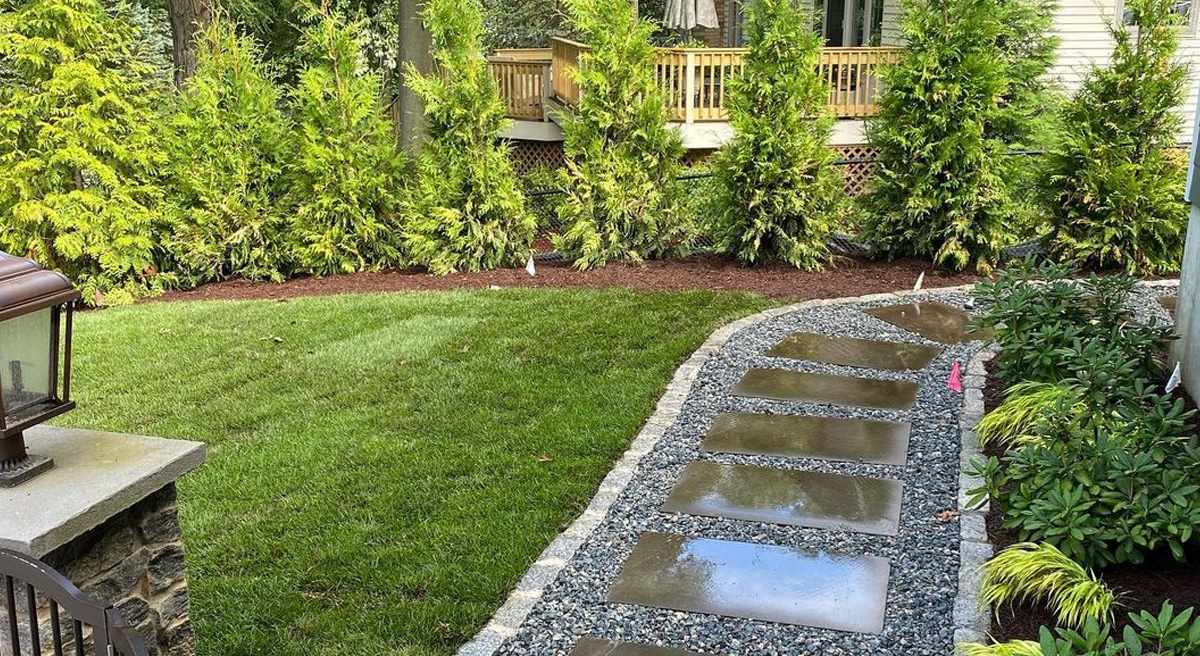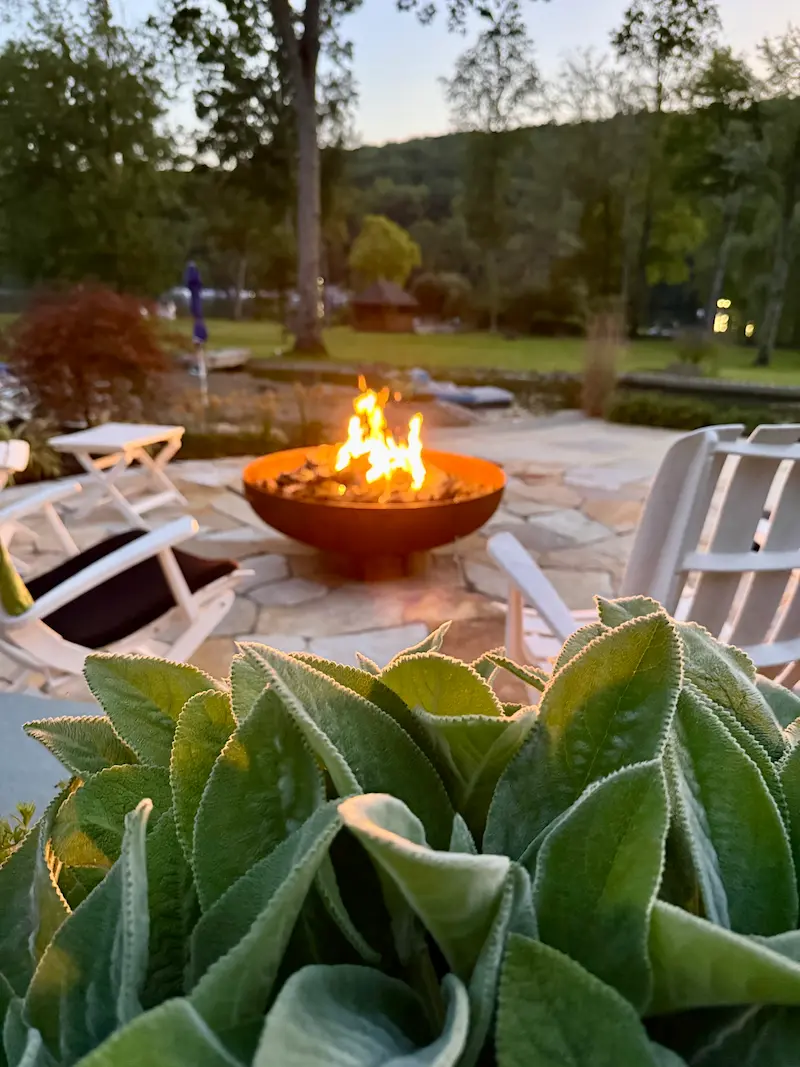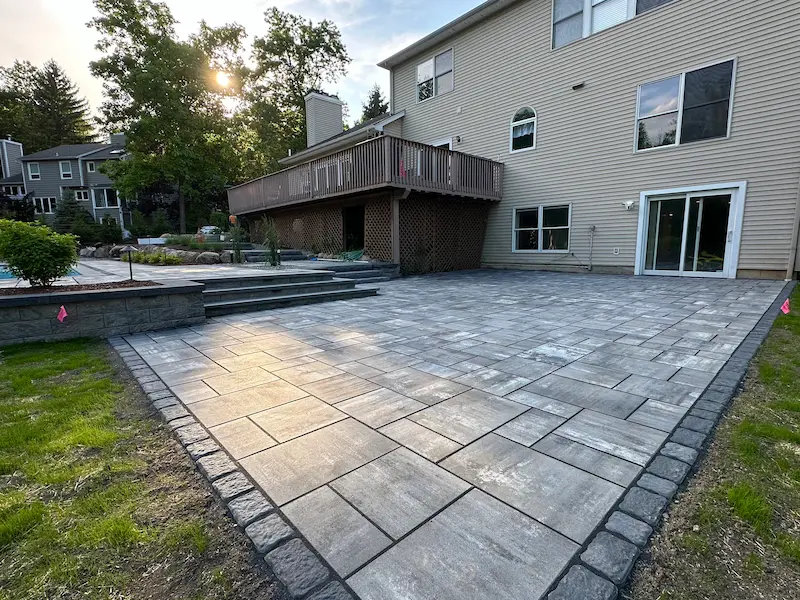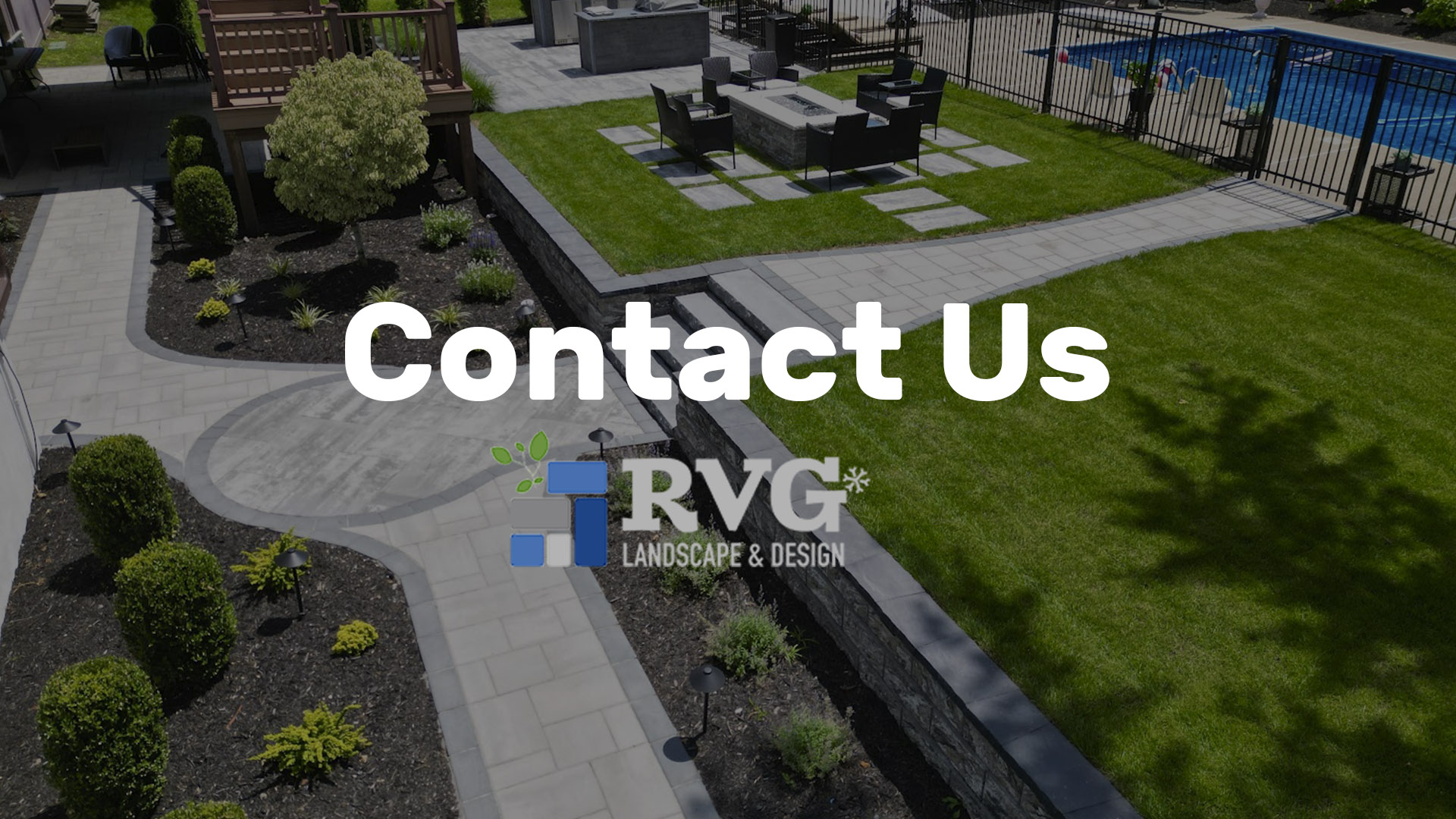Transform Your Space with a Living Fence and Enjoy Privacy with Plants
Have you ever wished for more privacy in your backyard or garden but felt put off by the options? Traditional fences can be unappealing and expensive, while hedges take time to cultivate. Enter the living fence—a green solution gaining popularity among homeowners, families, garden enthusiasts and sustainable living advocates.
A living fence is not just a barrier, it is an opportunity to infuse your space with natural beauty and environmental benefits. This blog post will explore the advantages of installing a living fence, guiding you through choosing the right plants, designing your fence and understanding the potential cost savings. Whether you’re a homeowner looking for privacy or a garden enthusiast eager to innovate, this guide is for you.
What is a Living Fence?
Defining a Living Fence
A living fence is a boundary created using various types of plants, including shrubs, trees or vines which are thoughtfully arranged and strategically planted to form a continuous wall of lush greenery. Unlike traditional fences made of materials like wood or metal, living fences are vibrant and dynamic, making them not only functional but also visually appealing. They can serve multiple purposes, such as providing privacy, acting as windbreaks or even attracting local wildlife, adding to the biodiversity of your garden.
Components of a Living Fence
The primary components of a living fence consist of a diverse selection of plants that can vary from dense hedges to tall and majestic trees. When choosing plants for your living fence, consider factors like climate, soil type and the desired height and density. Your choice will depend on your specific requirements, whether it is to block an unsightly view, define a particular space in your yard, or simply enhance the landscape with beautiful plant life. Incorporating flowering plants can provide seasonal colors, while evergreens offer year-round privacy.
- Suitable Plant Examples: Consider using evergreens like boxwood or cedar for year-round privacy, flowering plants such as lilac or hibiscus for seasonal color, and fast-growing bamboo for rapid height establishment.
- Types of Soil: Ensure you choose plants that are suited to your soil type, whether it’s well-drained sandy soil ideal for drought-tolerant species, loamy soil that supports a wide range of plants or clay soil that retains moisture well.
- Height Considerations: Determine the desired height of your living fence based on your privacy needs or visual preferences. Taller plants like cypress can serve as effective privacy screens, while shorter hedges like lavender / lavendula can define boundaries without obstructing views.
- Density Requirements: Decide on the plant spacing to achieve your preferred density. For a dense barrier, plant species closer together, while wider spacing can create a more open feel and allow individual plants to grow more naturally.
How it Differs from Traditional Fences
Traditional fences are static structures that often require extensive maintenance, including regular painting, staining or repairs due to wear and tear from the elements. In contrast, a living fence is an evolving entity. As it matures, it grows fuller and more beautiful over time, often requiring less maintenance once established. This natural growth not only contributes to a softer and more organic aesthetic but also offers greater resilience against environmental factors. Furthermore, a living fences can improve air quality and contribute positively to the ecosystem, making them a sustainable choice for boundary creation.
Traditional Fences
Pros:
- Immediate Privacy: Provides an instant barrier for privacy and security.
- Variety of Materials: Available in various materials like wood, metal and vinyl, offering different styles and durability.
- Low Initial Skill Requirement: Easier to install with less gardening knowledge required.
Cons:
- High Maintenance: Requires regular upkeep such as painting, staining or repairs to manage wear and tear.
- Environmental Impact: Typically has a higher carbon footprint due to manufacturing processes and materials used.
- Static Aesthetic: Once installed, the appearance does not change, offering limited aesthetic appeal over time.
Living Fences
Pros:
- Eco-Friendly: Enhances air quality and supports local ecosystems by providing habitats for wildlife.
- Evolving Beauty: Grows fuller and more appealing over time, offering a dynamic and natural aesthetic.
- Sustainable Option: Requires less frequent maintenance once established, reducing overall environmental impact.
Cons:
- Time to Establish: May take time to mature and provide full privacy or coverage.
- Initial Planning Effort: Requires consideration of plant type, climate and soil conditions for successful growth.
- Seasonal Changes: May lose foliage in colder months unless evergreen species are used, affecting privacy levels.
The Benefits of a Living Fence
Privacy with a Green Touch
One of the most appealing aspects of a living fence is its ability to provide privacy without sacrificing beauty. Imagine a beautiful wall of green that not only shelters you from prying eyes but also adds a natural elegance to your property. Unlike traditional fences, which can often seem stark and uninviting, a living fence offers a dynamic backdrop that changes with the seasons. Whether it is blooming flowers in the spring or rich foliage in the summer, a living fence creates a stunning visual display while ensuring that your outdoor space remains a serene sanctuary.
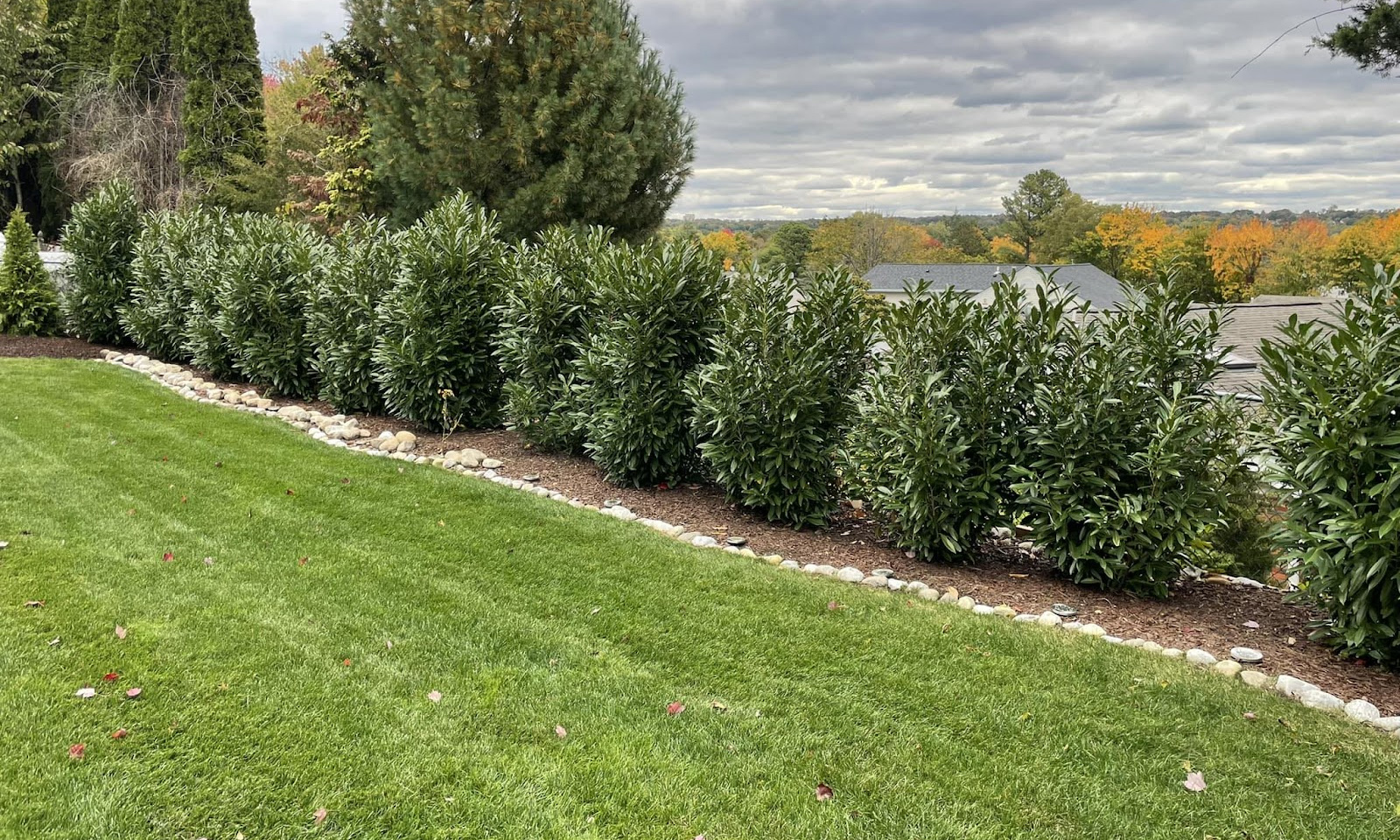
Environmental Impact
Living fences contribute positively to the environment in several significant ways. They capture carbon dioxide, this way helping to mitigate climate change by absorbing this greenhouse gas from the atmosphere. In addition, living fences play a crucial role in enhancing local ecosystems by creating habitats for various birds, insects and small wildlife. The diverse plant species used in these fences can attract pollinators like bees and butterflies, which are essential for maintaining healthy gardens and ecosystems. They can aid in soil conservation by preventing erosion and improving soil health, making your property not only beautiful but also environmentally sustainable.
Health and Well-being
Being surrounded by plants has been shown to reduce stress and improve mental health, providing numerous psychological benefits. A living fence can enhance your outdoor experience by offering tranquil spaces where you can unwind, meditate or simply enjoy the beauty of nature. Studies have indicated that spending time in green spaces can lower cortisol levels, improve mood and increase feelings of happiness. The soothing sounds of rustling leaves and the vibrant colors of blooming flowers creates a private oasis where you can escape the hustle and bustle of daily life. Additionally, maintaining a living fence can also serve as a form of physical exercise, contributing to overall well-being while connecting you more deeply with your environment.
Choosing the Right Plants for Your Living Fence
Factors to Consider
When selecting plants for your living fence, it’s essential to take several factors into account. Begin by assessing your local climate; whether it is temperate, tropical or arid, as this will dictate which plants can thrive in your area. In addition, analyze your soil conditions; some plants prefer well-drained, sandy soils, while others may flourish in clay or loamy environments. Don’t forget to consider your personal preferences regarding aesthetics, such as color, fragrance and texture. The right combination of plant species will ensure a thriving, good looking living fence that not only enhances your outdoor space but also meets your specific needs for privacy and protection.
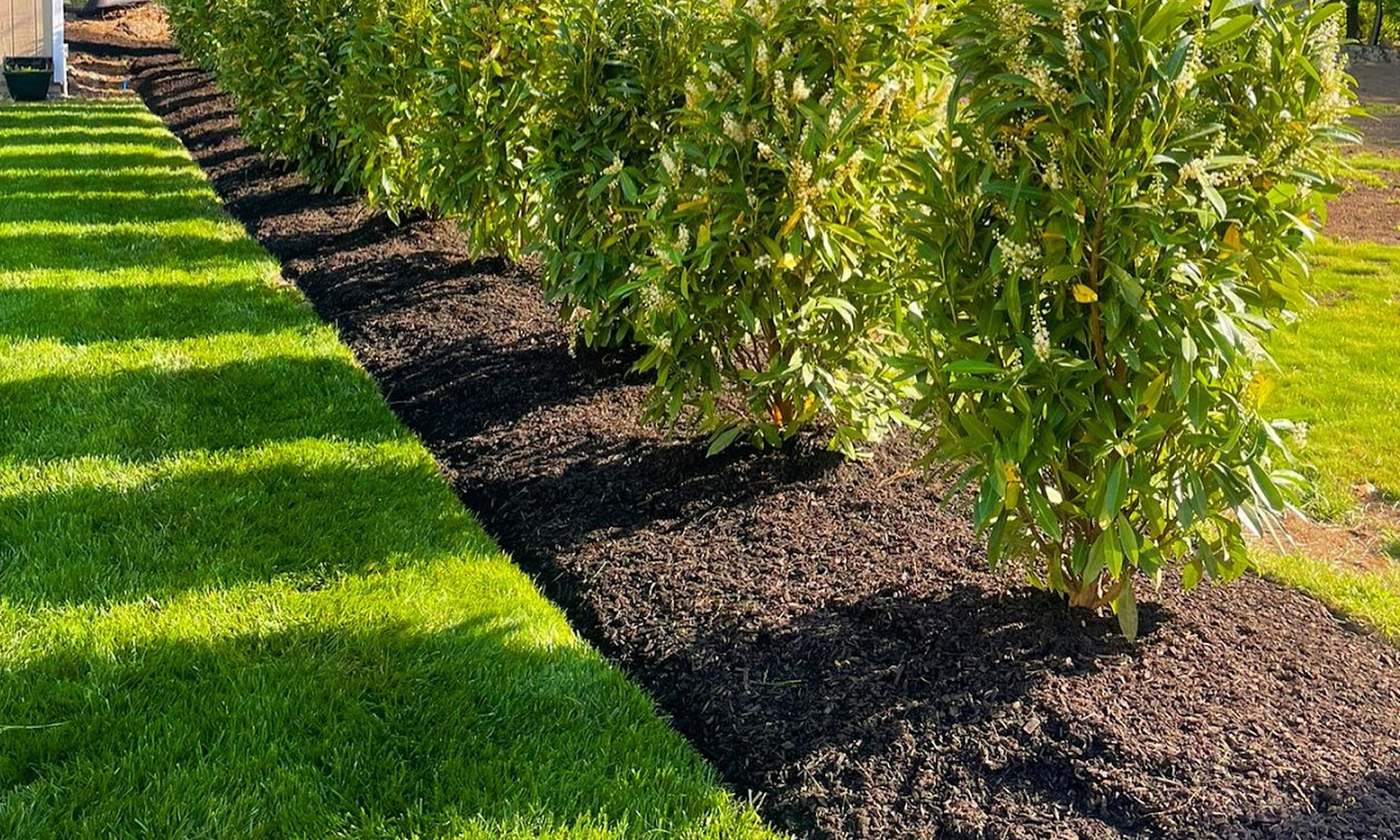
Plant Species
There are numerous plant species to choose from when establishing a living fence. Some popular options include evergreen shrubs like boxwood, which provide year-round foliage and structure, making them ideal for formal settings. Fast-growing bamboo is another excellent choice, offering a natural privacy screen that can quickly establish height. For those looking to add a splash of color, flowering varieties like lilac or hibiscus can bring seasonal blooms, attracting pollinators like bees and butterflies. Each species has its unique benefits and aesthetics, so consider the specific characteristics and growth habits suited to different regions and purposes when making your selection.
- Boxwood (Buxus spp.)
- Description: An evergreen shrub known for its dense foliage and ability to be shaped easily, making it popular for formal hedges.
- Growing Needs: Thrives in well-drained soil and can tolerate partial to full sun.
- Pro: Provides year-round privacy and structure; low maintenance once established.
- Contra: Slow-growing, which may require patience for full coverage.
- Bamboo (Bambusoideae)
- Description: A fast-growing grass that forms tall, dense screens; ideal for quick privacy.
- Growing Needs: Prefers well-drained soil and full to partial sunlight; needs regular watering.
- Pro: Rapid growth rate for quick privacy; unique aesthetic.
- Contra: Can be invasive if not properly controlled; may require regular maintenance to manage spread.
- Lilac (Syringa vulgaris)
- Description: A deciduous shrub with fragrant, colorful spring blooms; attracts pollinators.
- Growing Needs: Prefers well-drained, fertile soil and full sun.
- Pro: Beautiful, fragrant blooms that attract bees and butterflies.
- Contra: Loses leaves in winter, reducing privacy; requires annual pruning for optimal growth.
- Hibiscus (Hibiscus rosa-sinensis)
- Description: A tropical shrub with large, colorful flowers that bloom throughout the season.
- Growing Needs: Needs well-drained soil, consistent moisture and full sun.
- Pro: Offers vibrant flowers and attracts pollinators; adds a tropical feel.
- Contra: Sensitive to cold; may require protection or to be grown in pots in cooler climates.
- Privet (Ligustrum spp.)
- Description: A semi-evergreen shrub that creates dense hedges, suitable for formal and informal gardens.
- Growing Needs: Tolerates a range of soil types and conditions; prefers full sun to partial shade.
- Pro: Fast-growing and easy to shape for desired aesthetics.
- Contra: Can become invasive in some regions; regular pruning is necessary.
- Native Plant: Red Osier Dogwood (Cornus sericea)
- Description: A native North American shrub with striking red stems and white flowers, followed by white berries.
- Growing Needs: Adapts to various soil types but prefers moist, well-drained conditions; tolerates full sun to partial shade.
- Pro: Offers year-round interest with colorful stems in winter; attracts wildlife.
- Contra: Can spread aggressively; may require regular maintenance to control growth.
- Native Plant: American Holly (Ilex opaca)
- Description: An evergreen tree with glossy leaves and bright red berries, providing year-round interest.
- Growing Needs: Prefers well-drained, acidic soil and full sun to partial shade.
- Pro: Provides excellent privacy and winter interest; berries attract birds.
- Contra: Slow-growing; requires specific soil conditions for optimal growth.
Maintenance
Maintaining a healthy living fence requires ongoing care and attention. Proper planting techniques, such as ensuring appropriate spacing and depth, are crucial for long-term growth. Regular watering, especially during dry spells, is essential to help the plants establish strong root systems. Pruning is also important, it not only promotes healthy growth but can shape your living fence to achieve the desired height and density. Regular care, by yourself or with help from a professional landscaping service, ensures that your fence remains a lush and green barrier throughout the seasons, providing beauty and function to your landscape for years to come.
Cost and Long-Term Savings
Initial Investment vs. Long-Term Benefits
While the initial cost of purchasing plants and hiring labor for installation may be higher than that of traditional fencing, the long-term savings can be substantial. Unlike conventional fences, which often require frequent repairs and replacements, living fences become more self-sustaining with time. They enhance your property not only by providing privacy but also by integrating seamlessly into the landscape, reducing the overall need for upkeep and allowing you to enjoy a lush, green boundary without the constant worry of maintenance.
- Initial Investment Costs: The average cost of purchasing plants for a living fence ranges from $3 to $15 per plant, with labor costs for design and planting averaging $40 to $60 per hour. This can result in an initial investment that is 20-30% higher than traditional fences.
- Maintenance Savings: Traditional fences require maintenance costs of approximately $200 to $400 annually for repairs and repainting. In contrast, living fences typically reduce these expenses by up to 50% once established, as they require minimal upkeep beyond occasional pruning.
- Environmental Impact Metrics: A mature living fence can sequester approximately 10 to 20 pounds of carbon dioxide per plant annually, significantly offsetting your carbon footprint compared to traditional fences.
- Property Value Enhancement: A well-integrated living fence can enhance property value by up to 5-10%, due to increased curb appeal and the added environmental benefits that appeal to eco-conscious buyers.
Potential Savings
In addition to lowering maintenance costs, a living fence can significantly contribute to energy savings. By acting as a natural windbreak, it can help regulate the temperature around your home, effectively insulating it from harsh weather conditions. This natural barrier lowers heating and cooling costs by minimizing drafts in winter and providing shade in summer, resulting in a more comfortable indoor environment. In addition, living fences are excellent at absorbing sound, thus helping to reduce noise pollution from nearby roads or urban areas. This not only creates a more tranquil living space but also enhances your overall quality of life, making it an investment worth considering for both financial and environmental reasons.
Our RVG Landscaping Conclusion
Living fences are more than just a trend; they represent a sustainable, beautiful and practical solution for modern homeowners. By providing privacy with plants, they offer environmental benefits, enhance health and well-being and deliver long-term savings.
If you’re considering a living fence for your home, connect with the experts at RVG Landscaping to explore your options. With our expert help, your dream of a beautiful & sustainable living fence can become a reality. Get started today and enjoy the benefits of privacy with a green touch.

